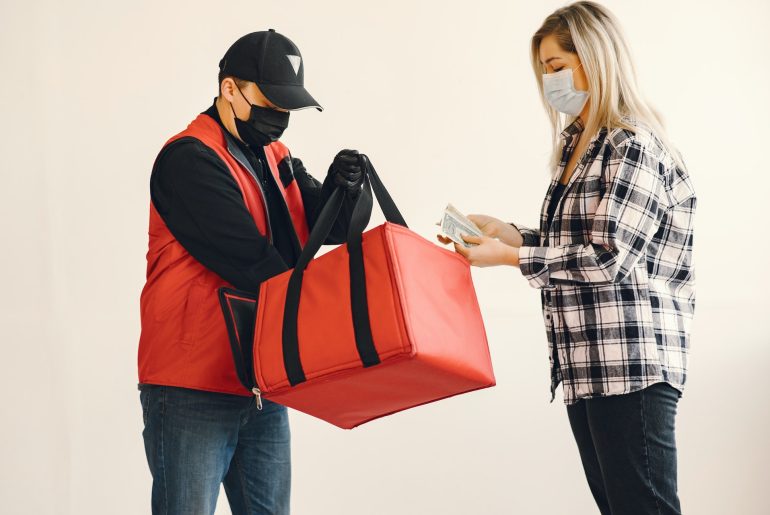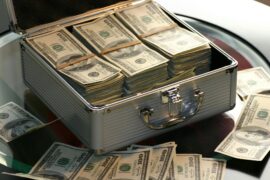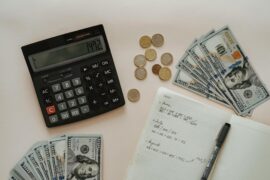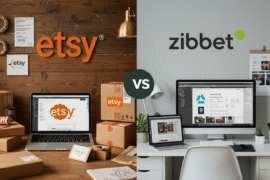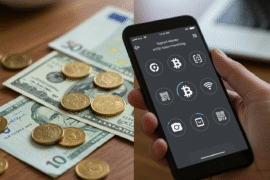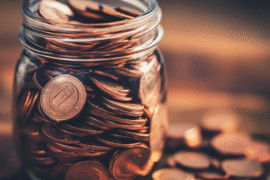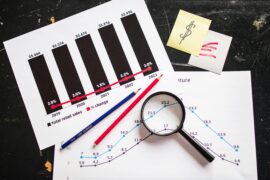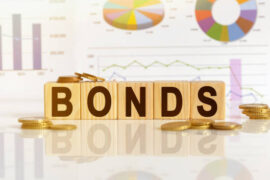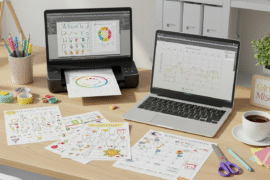This article may contain references to products or services from one or more of our advertisers or partners. We may receive compensation when you click on links to those products or services. Nonetheless, our opinions are our own.
Is the sluggish economy taking a toll on your financial well-being? If so, you’re like many others who could use an infusion of cash to cover immediate expenses, smooth out monthly budgets, pay for unexpected medical bills, or another purpose. Fortunately, working adults have many options available to them.
Some choose to sell life insurance policies they no longer need or want. Others generate funds by auctioning their old collectibles, like baseball cards and coin collections. Used tools and second-hand clothing are other popular personal assets that can fetch serious money for sellers. Review the following options and see which work for you.
Life Insurance Policies
Far too many overlook the financial resources locked away in their life insurance policies. The idea of getting rid of things you don’t need to generate current cash flow is an old one. However, consumers tend to look through their tangible assets, like coin collections and second cars, while ignoring the value of intangibles. Without a doubt, the most effective way of turning an asset into cash is to sell an unneeded, forgotten, or otherwise unwanted life insurance policy. People do it every day and reap the monetary rewards of the simple strategy.
To convert a life policy into cash, the first step is to review an authoritative guide that runs through the steps and explains all the different options. Many working, older adults, retirees, and others decide they no longer want or need life insurance. When that’s the case, their logical next move is to sell the policy and convert to a liquid asset that makes sense, which is cash. Of course, the larger the face amount of the coverage, the more a seller can get for it. This is especially true when you hold a policy whose face value exceeds $100,000.
Used Tools & Second-Hand Clothing
If you have ever held a garage sale, you know which two items move the fastest: tools and clothing. Clean up your used stuff, photograph it all, and post the items on an online auction or direct sale site. Whatever doesn’t sell there can go into a traditional yard sale as a last resort.
Collectibles
So many adults have collectibles in their garages, attics, and storage sheds that TV producers have created programs that focus on the subject and show consumers how to turn items into cold hard cash. It’s a good idea to rummage through all your stored goods to see what’s there. Frequently, many forget about one or two boxes of old junk that can contain valuable things like childhood coin, stamp, and sport card collections.
Another point to remember is that a collectible asset that is worthless to you, like a birth year coin proof set, could be a prized item for someone else. While there are dozens of collectible categories, the big three are US coins, US stamps, and baseball cards issued before the 1980s. A close fourth place in the category is records, particularly vinyl LPs and 45s from any era. Pay an expert to review your holdings and give you a reasonable range of what to expect in terms of the selling price.

Reviewed and edited by Albert Fang.
See a typo or want to suggest an edit/revision to the content? Use the contact us form to provide feedback.
At FangWallet, we value editorial integrity and open collaboration in curating quality content for readers to enjoy. Much appreciated for the assist.
Did you like our article and find it insightful? We encourage sharing the article link with family and friends to benefit as well - better yet, sharing on social media. Thank you for the support! 🍉
Article Title: Make Fast Money by Selling What You No Longer Need
https://fangwallet.com/2023/02/26/make-fast-money-by-selling-what-you-no-longer-need/The FangWallet Promise
FangWallet is an editorially independent resource - founded on breaking down challenging financial concepts for anyone to understand since 2014. While we adhere to editorial integrity, note that this post may contain references to products from our partners.
The FangWallet promise is always to have your best interest in mind and be transparent and honest about the financial picture.
Become an Insider
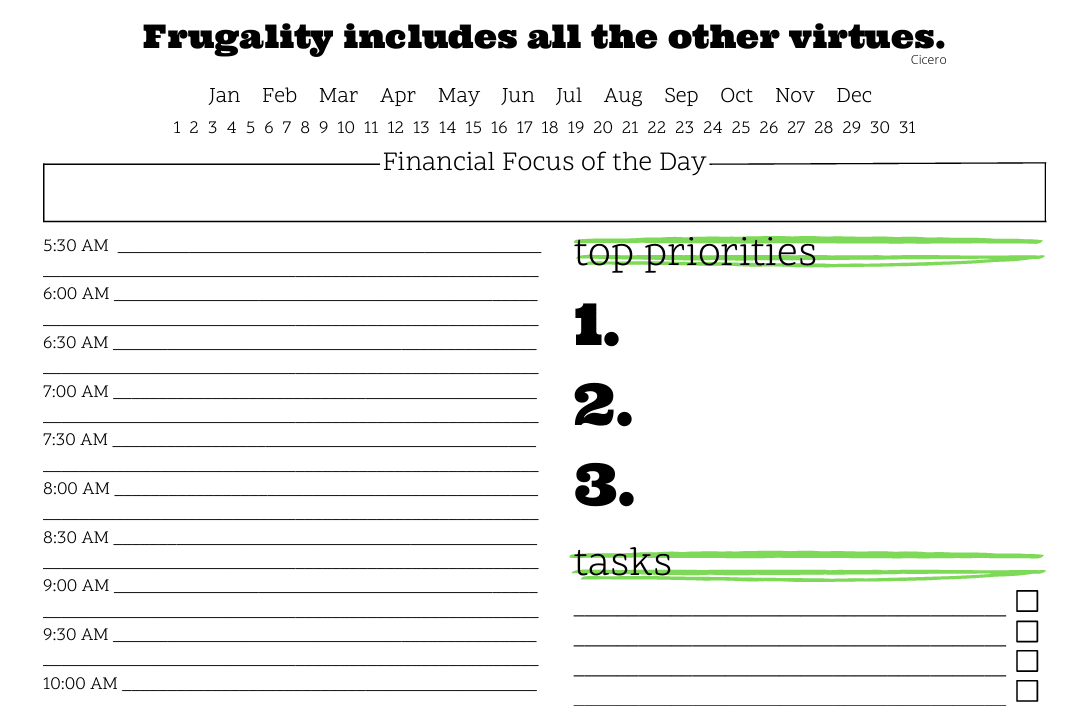
Subscribe to get a free daily budget planner printable to help get your money on track!
Make passive money the right way. No spam.
Editorial Disclaimer: The editorial content on this page is not provided by any of the companies mentioned. The opinions expressed here are the author's alone.
The content of this website is for informational purposes only and does not represent investment advice, or an offer or solicitation to buy or sell any security, investment, or product. Investors are encouraged to do their own due diligence, and, if necessary, consult professional advising before making any investment decisions. Investing involves a high degree of risk, and financial losses may occur including the potential loss of principal.
Source Citation References:
+ Inspo
